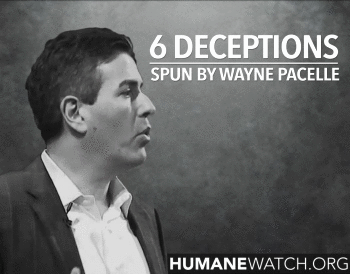One Day Safari
The herd was big; maybe 200 animals. It was evening now, and they were beginning to stir after bedding through the heat of the African day. The air so close to this many animals was pungent, reminiscent of an Oklahoma cattle sale barn. But this wasn't Oklahoma, and this herd only resembled cattle in a distant-cousin kind of way. These were cape buffalo, the most aggressive and dangerous of Africa's famed Big Five. And as the herd began moving our direction at 40 meters, we knew it was time to back out before it was too late.
This African safari actually began two years earlier with Johan Hermann Safaris in South Africa. Though South Africa has not been known as a dangerous game country, Hermann's vast concessions on tribal lands had not been hunted in decades, producing a number of exceptional cape buffalo and elephant trophies. On my first trip with JHS, there had been a mix up with the Professional Hunter, resulting in the harvest of a mature bull with unremarkable horns. JHS had produced several bulls in excess of 42 inches, so I was invited back, for a fee, to give a trophy bull another try. But on this second safari, the hunt seemed doomed before it started.

A real "dagga" boy. Dagga is the Swahili word for "mud" or literally, mud bull.
During dinner on the night of our arrival, Hermann received a radio call that his father-in-law had unexpectedly passed away. Understandably, Johan need to be with his family, but arranging transport back home would take a day, which gave us a single day to find a big bull. Having flown 10,000 miles to hunt buffalo, we decided to give our one day safari a try, but we both knew the odds of finding a worthy bull were long.
Early next morning, we checked several water holes looking for tracks. Buffalo must water daily; typically before sunrise, then feed towards cover where they bed in whatever shade they can find. We followed the tracks of two solitary males, "dagga boys" in the local language, but when we finally got a peek, they just did not measure up.
At midday, we cut the tracks of a large herd that was, no doubt, already bedded ahead in the bush. Moving slowly we covered nearly three miles before we came upon the big group that was just beginning to stir and feed. Already late in the day, we knew this would be our last best chance of finding a big bull. But looking over scores of cows and bulls, all black, all with horns, and moving amongst themselves...I knew sorting out a trophy would be a challenge.
As the herd moved closer, we backed away and flanked their edge, being mindful to stay downwind. As the sun sank towards the horizon, we glassed intently, hoping against hope we would find "the one." But time was against us. "There he is" Johan whispered. "Third from the right." My spirit soared.
There was no mistake this time. The massive horns of the bull looked like tree trunks jutting from his head. With a deep curl and heavy, gnarled bosses, there was no need to hesitate. From 60 yards, the 416 Rem. barked, sending a 400 grain soft through the bull's heart. He turned and ran with the herd for a few steps. Then it was over.
Our one day safari was a success. The bull measured just over 44"; a trophy of a lifetime. Though the time was short, the experience was as intense as it was memorable. But then again, that can be said of most cape buffalo hunts.

Hard bosses & wide, it is hard to find fault with this magnificent bull





















